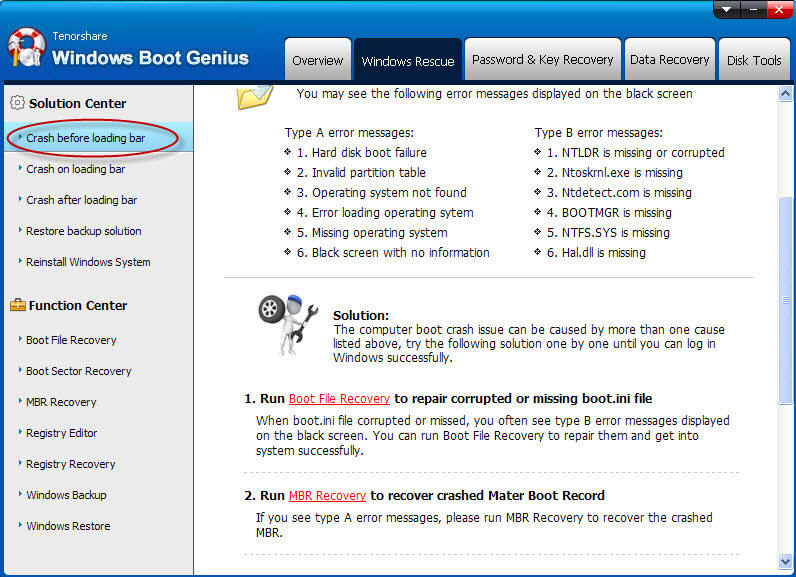
 Make ext4 file system on the /dev/sda1 with command. If everything is right, you will see a /dev/sda1 which is the only numbered return by command ls /dev/sda*. If anything goes wrong, use q without w will quit fdisk without changes. If any sign is found when creating partition, you can remove it when asked. Then use n to create a primary partition.
Make ext4 file system on the /dev/sda1 with command. If everything is right, you will see a /dev/sda1 which is the only numbered return by command ls /dev/sda*. If anything goes wrong, use q without w will quit fdisk without changes. If any sign is found when creating partition, you can remove it when asked. Then use n to create a primary partition. 
Command isįirst, use command p to check the current partitions. Change it into the correct one if it’s not. I will take /dev/sda for example in below. If this is the 1st drive found, the X should be a, /dev/sda for full. Normally, they should be like /dev/sdX and /dev/sdXY. Re-run the command above, you will notice that something more are added. There shouldn’t be anything printed if no disk attached. Web based TTYD Terminal or SSH are both fine. If you need to use internal storage, see Step 1A instead. Note: arm64 not only means your chip is 64-bit ready, but also working in 64-bit mode with your system supported.
Know the arch of your router chip, like armhf for the new, armel for those old, and arm64 for 64-bit enabled. A tool to transfer file into openwrt like scp or any other with scp support. But I guess most of them is for ext4 journal. A dedicated USB drive, or an internal storage with enough space left. A router with at least 1GB free memory left after all services you required is on, with ~50MB left on the internal storage. After tested myself, here is the guide for installing Resilio-Sync into openwrt, today. But so far I searched, none of them are 100% up to date. There are some posts, including official one, related to this topic.






 0 kommentar(er)
0 kommentar(er)
